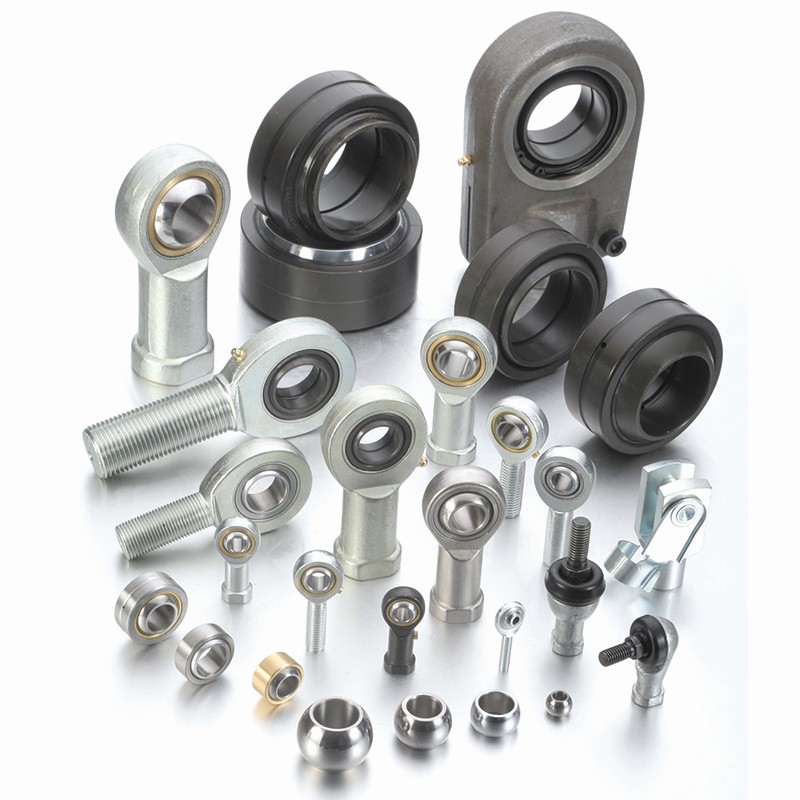High Precision Turning Parts: The Key to Quality and Performance
2025-02-07
In the world of manufacturing, achieving high precision is often the key to delivering high-quality products that meet the strictest standards. High precision turning parts play a crucial role in various industries, from aerospace and automotive to medical equipment and electronics. These components are essential for ensuring that machinery, devices, and systems operate smoothly and efficiently.
In this blog, we will dive into the significance of high precision turning parts, their manufacturing process, and why they are so vital in modern industries.
What Are High Precision Turning Parts?
High precision turning parts are components that are created using a turning process on a lathe machine. The turning process involves rotating a workpiece while a cutting tool is applied to shape it into the desired specifications. The key difference between regular turning parts and high precision turning parts is the level of accuracy and fine detail achieved during the manufacturing process.
High precision turning parts are produced to meet tight tolerances and specific measurements, ensuring that every part fits perfectly and functions as intended. These parts are typically made from a variety of materials such as metals (e.g., stainless steel, aluminum, titanium) and plastics, depending on the application requirements.
The Importance of High Precision Turning Parts
1. Improved Performance and Reliability
High precision turning parts are designed to function with minimal deviation, ensuring that machinery or systems they are part of operate smoothly. The accuracy achieved in the manufacturing process leads to better overall performance, with fewer breakdowns, malfunctions, and maintenance issues. For industries such as aerospace and automotive, where even the smallest error can have catastrophic consequences, high precision turning parts are absolutely critical.
2. Meeting Strict Tolerances
Many industries require components to meet tight tolerances, where even a slight variation in size or shape can affect performance. High precision turning parts are manufactured to meet these stringent requirements, which helps ensure that components will fit perfectly into their designated systems. This level of precision ensures consistency and reliability, which is essential for industries that rely on high-performance machinery.
3. Enhanced Durability
When turning parts are manufactured with precision, they tend to be more durable and wear-resistant. For example, high precision turning parts used in the automotive or industrial machinery sectors need to withstand significant forces, heat, and environmental conditions. The fine craftsmanship of these parts helps them maintain their integrity, leading to longer lifespans and reduced need for replacements.
4. Cost-Effectiveness in the Long Run
While high precision turning parts may have a higher upfront cost due to the advanced equipment and techniques required, they can be more cost-effective over time. The reliability, durability, and performance of these parts reduce the frequency of repairs, downtime, and replacements. Industries that use high precision turning parts can save on long-term operational costs and increase overall efficiency.
The Manufacturing Process of High Precision Turning Parts
The process of creating high precision turning parts involves several steps to ensure the parts meet the required specifications. Here's an overview of the process:
1. Material Selection
The first step in manufacturing high precision turning parts is selecting the right material for the job. Materials are chosen based on factors such as strength, weight, heat resistance, and corrosion resistance. Common materials used in high precision turning include stainless steel, aluminum, brass, and various types of alloys.
2. CNC Turning
CNC (Computer Numerical Control) turning is the primary method used to create high precision turning parts. CNC lathes are programmed to follow specific patterns, allowing for extremely accurate cutting and shaping of the material. These machines use rotating tools to shape the workpiece into the desired form, following the precise measurements dictated by the design.
3. Fine-Tuning and Adjustments
Once the initial turning is completed, the part may undergo fine-tuning to achieve the exact tolerances required. This stage involves making adjustments to the shape, size, or surface finish to ensure that the part meets the specifications set forth in the design phase. Precision tools like micrometers, calipers, and coordinate measuring machines (CMM) are often used to measure and confirm the accuracy of the part.
4. Surface Finishing
The surface finish of the turning part is another critical aspect of precision manufacturing. Depending on the intended application, parts may undergo various finishing processes such as polishing, anodizing, coating, or grinding. The goal is to achieve a smooth, high-quality surface that enhances the part's appearance and functionality.
5. Quality Control and Testing
After the part has been fully manufactured, it undergoes rigorous quality control checks. This step ensures that the part meets all design specifications and industry standards. Quality control may include visual inspections, dimensional checks, functional testing, and stress testing to ensure the part's performance and reliability.
Applications of High Precision Turning Parts
High precision turning parts are used in a wide range of industries. Here are a few notable examples of their applications:
1. Aerospace Industry
In the aerospace industry, components such as turbine blades, engine parts, and precision fasteners require high precision to ensure the safety and performance of aircraft. High precision turning parts are essential for meeting the stringent standards of the industry.
2. Automotive Industry
The automotive industry relies heavily on high precision turning parts for components like engine parts, transmission systems, brake systems, and more. These parts must withstand extreme conditions while maintaining the highest level of accuracy and durability.
3. Medical Devices
In the medical device industry, components such as surgical instruments, implants, and diagnostic equipment need to be manufactured with a high degree of precision. High precision turning parts ensure that these devices function properly, contributing to patient safety and effective treatments.
4. Electronics and Telecommunications
High precision turning parts are also used in electronics, such as connectors, housings, and circuit board components. These parts play a vital role in the functioning of devices like smartphones, computers, and telecommunications equipment.
Conclusion
High precision turning parts are indispensable in industries that demand the utmost accuracy and reliability. Whether it’s ensuring the safety of aerospace components or enhancing the performance of automotive machinery, the role of precision in turning parts cannot be overstated.
By utilizing advanced manufacturing techniques such as CNC turning, industries can produce parts that meet tight tolerances, improve performance, and extend the life of machinery. The ongoing advancements in technology ensure that high precision turning parts will continue to play a crucial role in the development of cutting-edge products and systems.



